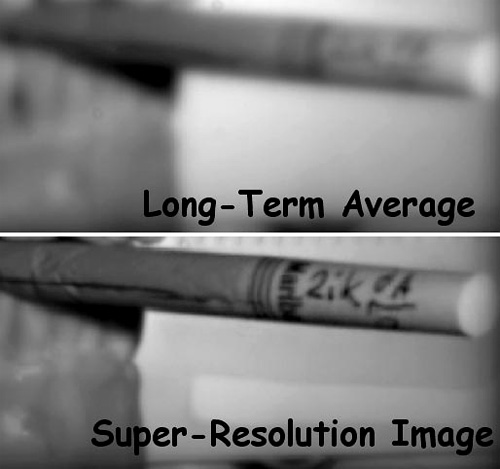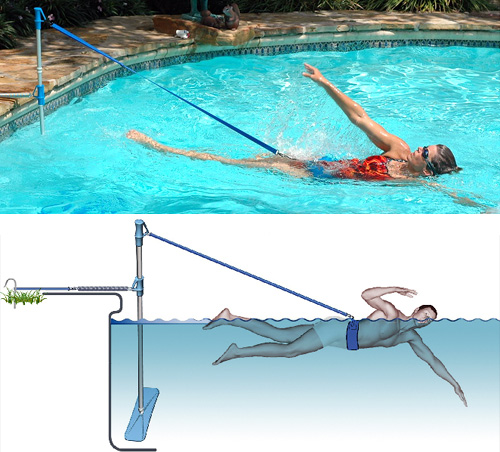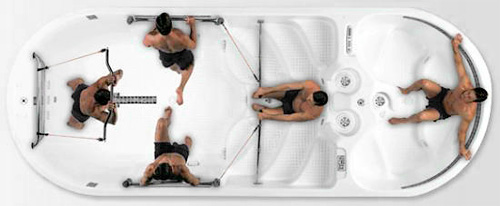
By Andrew Liszewski
DARPA, aka the Defense Advanced Research Projects Agency, aka the people who brought us the internet are currently working on a brilliant way to vastly improve the optical system in a soldier’s rifle scope. It’s being called the Super-Resolution Vision System (or SRVS) and it relies on atmospheric turbulence effects where heat haze can essentially work like a fragmented lens, briefly magnifying random parts of whatever’s behind it. The phenomenon is officially known as ‘atmospheric turbulence-generated micro-lensing’ and since the boiling and motion of the heat haze is completely random, the SRVS system rapidly takes many images and then processes and collates them to form a single sharper image of the larger area being observed or targeted by a soldier. It’s not quite real-time as of yet, but the improvements in image quality as seen in the sample above seem to far outweigh the downsides.
Because of the need to interpolate the full image from fragments, the SRVS system will not operate in real time. Delays of approximately one second are anticipated before the composite image is shown to the viewer. DARPA hopes to achieve 90% facial recognition of an individual one kilometer away using a six centimeter lens that will fit into the form factor currently used for military scopes. The image resolution would be approximately three times that of current diffraction-based scopes. The increase in effective distance of the new scopes has not been released (or is not yet known).
The SRVS technology is just at the proof of concept stage at this point, but DARPA is planning to build a 4-pound prototype by the end of 2009 that could see action by 2011 if testing goes well.
[ The Future Of Things - DARPA Developing Super Scope ] VIA [ Newlaunches ]




 By Andrew Liszewski
By Andrew Liszewski


